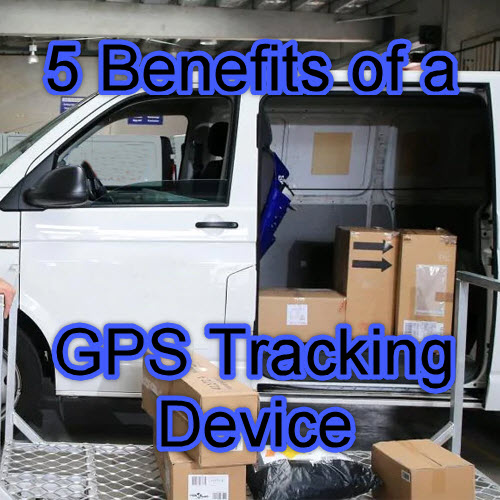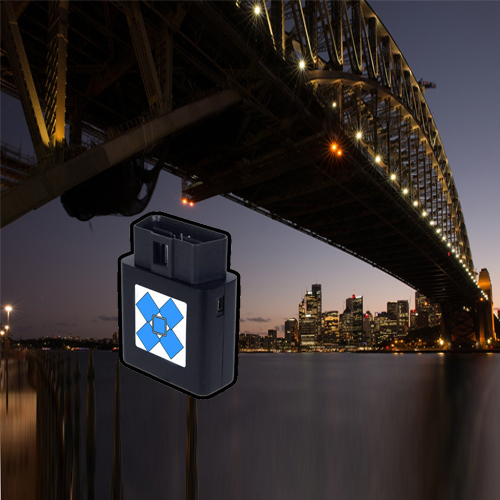In the age of smart technology, tracking devices have become essential tools for locating everything from lost keys to stolen vehicles. Two of the most commonly discussed tracking tools are GPS trackers and Apple’s AirTags. While both serve the general purpose of helping users find things, they differ significantly in technology, capabilities, range, and ideal use cases.
Understanding the key distinctions between GPS trackers and AirTags can help individuals and businesses choose the right device for their specific needs. This article explores how each system works, what they’re best suited for, and the pros and cons of using each.
How Do GPS Trackers Work?
GPS (Global Positioning System) trackers rely on a network of satellites orbiting the Earth. These satellites send signals that are received by the tracker to determine its precise location through a process known as trilateration. Most GPS trackers are equipped with SIM cards or cellular connectivity, allowing them to transmit real-time location data to a paired app or web platform.
This satellite-based system means GPS trackers can operate almost anywhere on Earth with a clear line of sight to the sky, regardless of nearby devices or infrastructure.
How Do AirTags Work?
Apple’s AirTag operates very differently. It uses Bluetooth Low Energy (BLE) to communicate with nearby Apple devices, which then anonymously relay the tag’s location to Apple’s Find My network. This crowd-sourced network consists of hundreds of millions of Apple devices that help triangulate the location of AirTags without the need for GPS or cellular connections.
However, this also means AirTags are dependent on being near Apple devices to function effectively. In remote or sparsely populated areas with few Apple users, AirTags may be unable to provide a precise or timely location.
Key Differences Between GPS Trackers and AirTags
Let’s break down the most critical differences between these two tracking tools:
1. Tracking Technology
- GPS Trackers: Use satellites to calculate position and typically transmit data over cellular networks.
- AirTags: Use Bluetooth to connect to nearby Apple devices and update location via the Find My network.
2. Range
- GPS Trackers: Virtually unlimited range, as long as there’s satellite and cellular coverage.
- AirTags: Limited to the range of Bluetooth (approximately 30–100 feet) unless near another Apple device.
3. Accuracy
- GPS Trackers: Highly accurate (often within a few meters), especially in open areas.
- AirTags: Generally accurate in urban areas with dense Apple device usage but can be imprecise in isolated locations.
4. Real-Time Tracking
- GPS Trackers: Provide continuous, real-time tracking with regular location updates.
- AirTags: Do not offer live tracking. They update location only when within range of an Apple device.
5. Features
- GPS Trackers: Often include features such as geofencing, movement alerts, speed monitoring, historical location data, and tamper alerts.
- AirTags: Offer basic location tracking, precision finding (on iPhones with U1 chips), and a lost mode with notifications. No geofencing or advanced tracking options.
Use Cases
Understanding which tracker to use depends on the scenario.
Best Uses for GPS Trackers:
- Vehicle Tracking: Ideal for fleet management, personal vehicle security, or monitoring teen drivers.
- Pet Tracking: Many GPS trackers are designed to attach to pet collars, helping owners locate pets that wander off.
- Elderly or Child Monitoring: Parents or caregivers use wearable GPS devices to monitor the real-time location of children or elderly individuals.
- Asset Tracking: Businesses use GPS trackers to monitor valuable assets in transit or storage.
Best Uses for AirTags:
- Finding Everyday Items: Perfect for locating keys, wallets, backpacks, or luggage.
- Travel: AirTags are frequently used inside checked baggage to monitor if and where luggage goes missing.
- Shared Spaces: Useful in homes or offices for shared devices or tools that may be misplaced.
Advantages and Disadvantages
Here’s a deeper look into the pros and cons of each tracker type:
GPS Trackers
Pros:
- Wide-area coverage, even internationally.
- Real-time tracking and alerts.
- Robust features tailored to safety and security.
- No reliance on nearby users.
Cons:
- Require a subscription (monthly fees for cellular service).
- Larger and bulkier than AirTags.
- Need regular charging or battery changes.
AirTags
Pros:
- Seamless integration with Apple devices.
- Small, lightweight, and discreet.
- No monthly fees.
- Long battery life (up to a year with replaceable CR2032 battery).
Cons:
- Limited functionality without nearby Apple devices.
- No real-time tracking.
- Not suitable for moving assets or long-range use.
- Limited Android compatibility.
Privacy and Security Considerations
Both GPS trackers and AirTags come with privacy features, but they handle them differently:
- AirTags have built-in anti-stalking protections. If an AirTag is separated from its owner and is moving with someone else, it will play a sound after a certain period and notify nearby iPhones.
- GPS trackers may be used covertly, which has led to legal and ethical concerns in some jurisdictions. Users must ensure they comply with local laws and obtain appropriate consent where required.
Cost Comparison
- GPS Trackers: Initial device costs can range from $30 to $100+, plus ongoing cellular subscription fees (typically $5–$25/month).
- AirTags: Cost about $29 each (or $99 for a 4-pack), with no recurring fees. Accessories like key rings or holders may cost extra.
pdated Table with Visual Cues
| Feature | GPS Trackers | AirTags |
|---|---|---|
| Tracking Technology | ✅ Satellite-based (GPS) and cellular networks | ❌ Relies on Bluetooth Low Energy (BLE) + Find My network |
| Range | ✅ Unlimited range (depends on cellular coverage) | ❌ Short-range (up to 100 feet) unless near Apple device |
| Accuracy | ✅ High accuracy (within a few meters) | ❌ Limited by Bluetooth range and Apple device density |
| Real-Time Tracking | ✅ Yes, provides continuous location updates | ❌ No real-time tracking unless near an Apple device |
| Battery Life | ❌ Hours to days (depends on model) | ✅ Up to 1 year (replaceable CR2032 coin cell battery) |
| Subscription Fees | ❌ Typically requires a monthly/annual fee for service | ✅ No subscription fees |
| Features | ✅ Geofencing, anti-theft alerts, movement tracking, historical data | ❌ Limited features (Precision Finding, Lost Mode) |
| Size | ✅ Larger (varies by device) | ✅ Small and lightweight (1.26 inches diameter) |
| Ideal Use Cases | ✅ Vehicle tracking, pet tracking, elderly monitoring, asset management | ✅ Locating personal items (keys, wallets, luggage) |
| Privacy and Security | ❌ May require registration and is subject to privacy laws | ✅ Anti-stalking features, alerts if separated from owner |
| Cost | ❌ $30–$100+ (plus $5–$25/month for service) | ✅ $29 each (or $99 for a 4-pack) |
| Mobile Compatibility | ✅ Works with any device with a compatible app | ❌ Requires Apple device (iPhone, iPad, Mac) |
Conclusion: Which Should You Choose?
Choosing between a GPS tracker and an AirTag depends entirely on your needs:
- If you need long-distance, real-time tracking, such as for a vehicle, fleet, pet, or person, a GPS tracker is the better investment despite the recurring costs.
- If you’re looking for a simple, budget-friendly solution to keep tabs on personal belongings like keys, wallets, or bags — and you’re already in the Apple ecosystem — AirTags are a fantastic choice.
In short:
- Choose AirTags for convenience, short-range tracking, and integration with Apple devices.
- Choose GPS trackers for comprehensive, scalable, real-time, and long-range monitoring needs.



